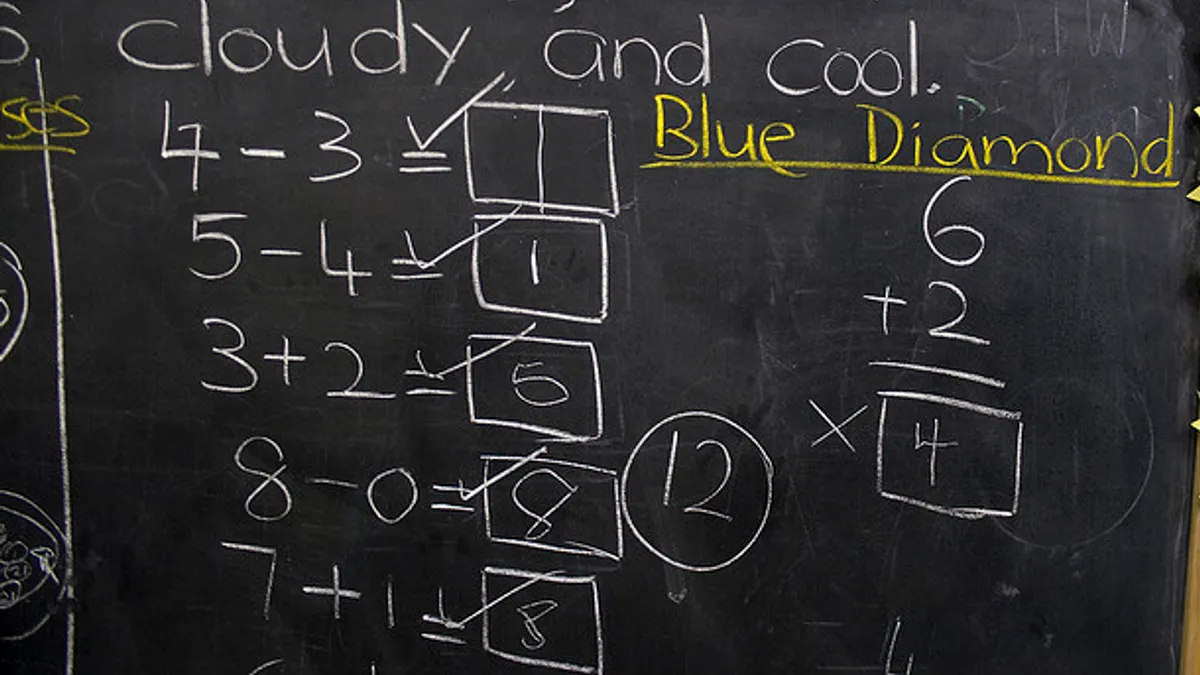Dive Brief:
- An analysis by researchers at New York University’s Steinhardt School of Culture, Education and Human Development found teachers rate girls’ math skills lower than boys who have similar achievement levels and behavior.
- Associate Professor Joseph Robinson Cimpian, the study’s lead author, analyzed gender gaps in math in 1998, finding very similar results to those in 2010 – on average, girls and boys enter kindergarten with similar proficiency in math and then girls fall behind by third grade, but among the highest achievers in math, gender gaps already exist in kindergarten.
- Girls make up less than one-third of students performing at the 99th percentile in math by the spring of kindergarten and by the time the 2010 cohort reached second grade, girls made up just one-fifth of the highest-achieving students.
Dive Insight:
The fact that most teachers are women and girls are the ones facing unreasonably lowered expectations is proof that implicit biases are a problem not just across gender, race or ethnicity. The biases people do not expect themselves to have are the hardest to address and overcome. School leaders must demand self-reflection from their staffs and give them opportunities to combat the biases they have spent their lives internalizing.
Besides the gender imbalance in math, studies have found teacher responses contribute to more negative long-term impact for badly behaving boys than girls, and a stricter level of behavior monitoring for black students compared to white students. These biases exist and they have very real consequences for the students involved. It is schools’ responsibilities to address them.






 Dive Awards
Dive Awards







